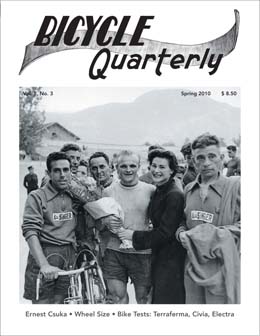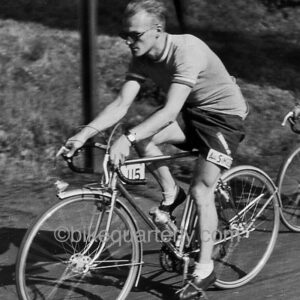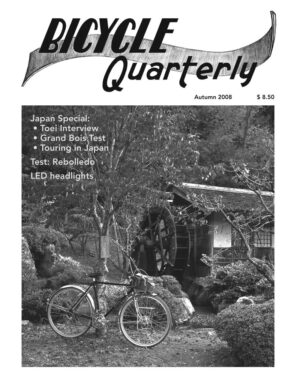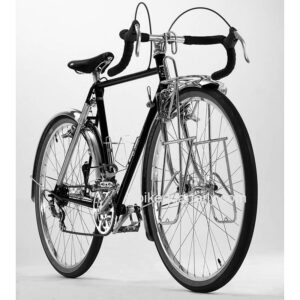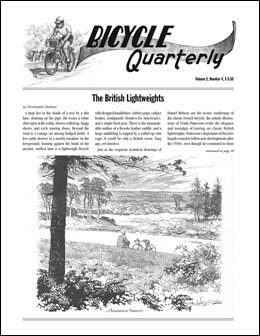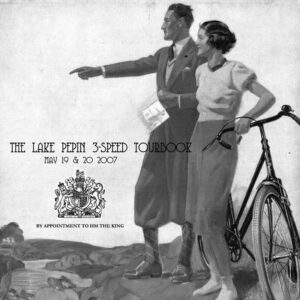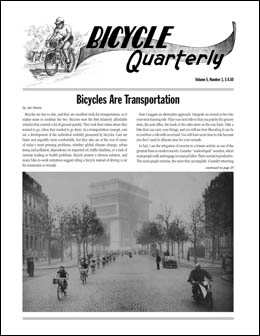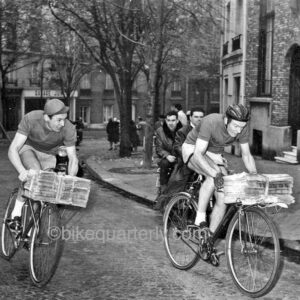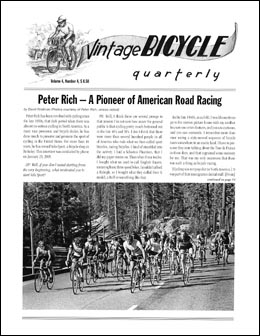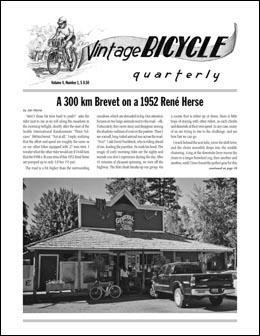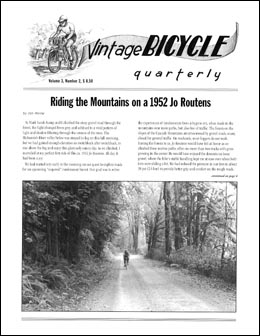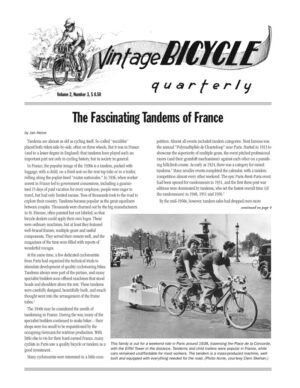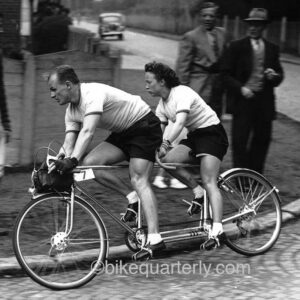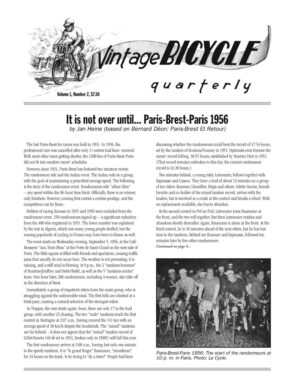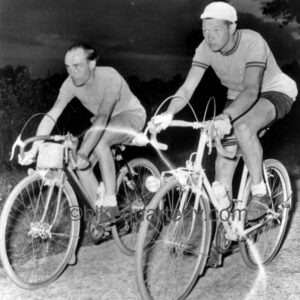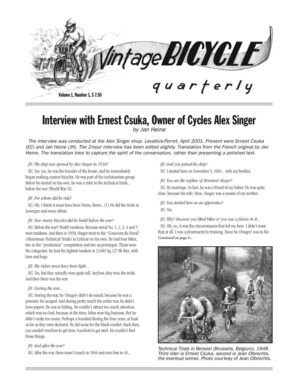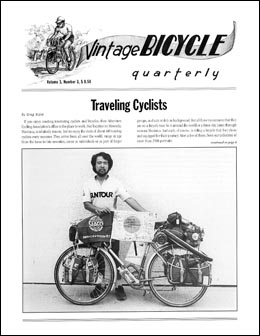
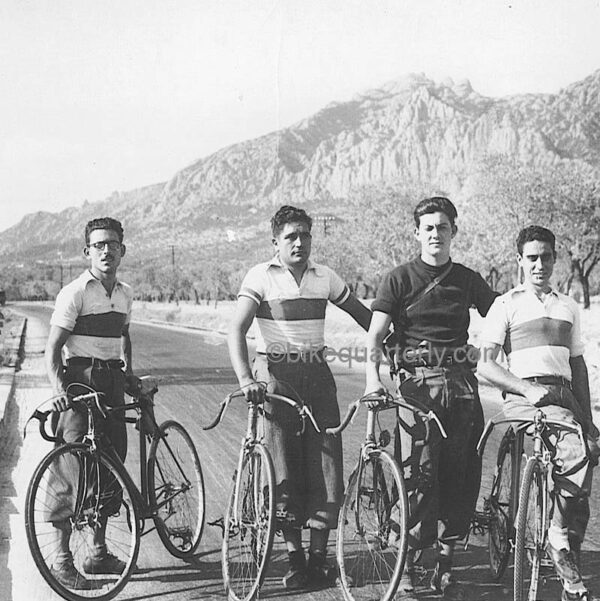
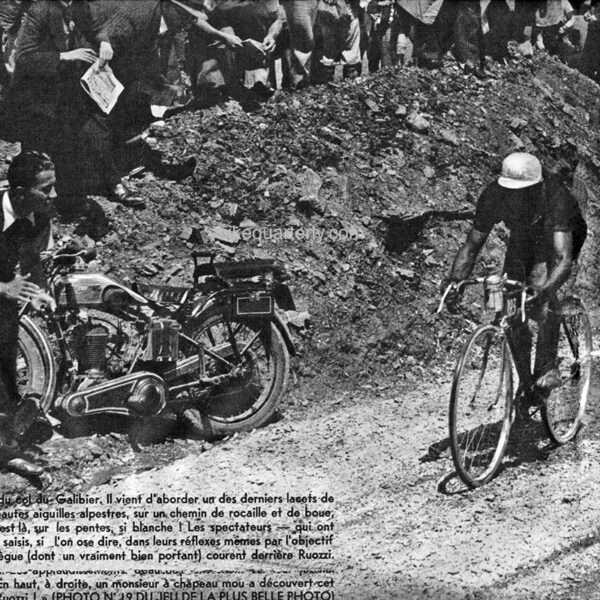
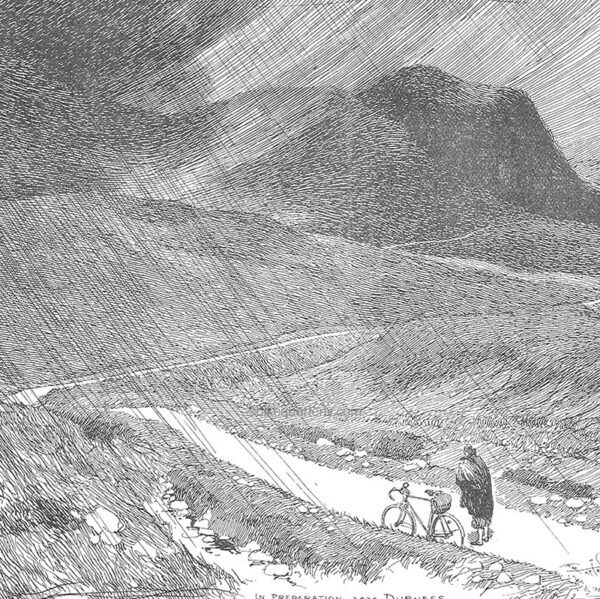
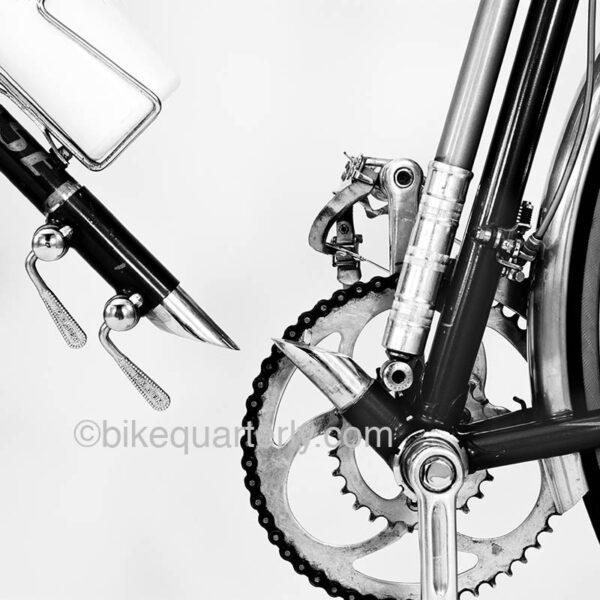
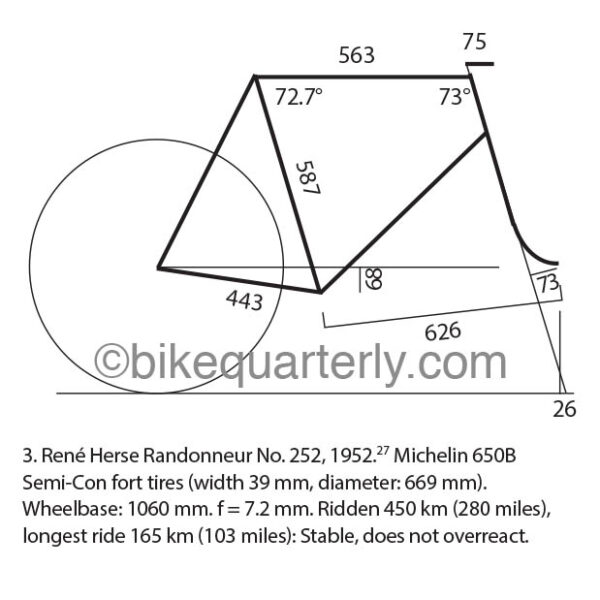

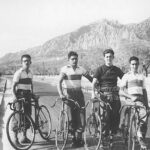
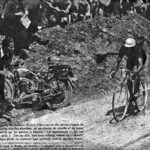
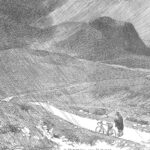
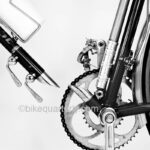
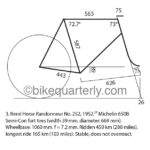
BQ 11 (Spring 2005)
$9.75
Vol. 3, No. 3
Front-End Geometry; Bicycle Touring
After riding the classic bikes of the French constructeurs, we began to wonder why they handled so well. The result was a major study of front-end geometry. To publish our findings, we had to add eight pages to this issue. For the first time, we discuss how front-end geometry needs to account for speed, tire size, load placement and riding position. We explain why low-trail bikes are so stable under tired riders, and why more trail doesn’t make a bike more stable. The revolution started here!
We also look at touring bikes and their riders. Greg Siple’s portraits of riders who passed through the Adventure Cycling headquarters show a great variety of riders. We test a CoMotion Nor’Wester with S&S couplers, as well as one of the fabled 1970s René Herse Démontable take-apart bikes. And the irrepressible Docteur Ruffier takes us on a bicycle trip in 1889, when travel still was a true adventure.
- Table of Contents
- 1 Traveling Cyclists: Protraits of Adventure Cycling's Visitors
- 4 Announcements
- 5 The Golden Age of Handbuilt Bicycles (Book)
- 8 What Makes a Good Touring Bike - Mike Barry's Herse "Camping"
- 10 The First Voyage of Docteur Ruffier in 1889
- 12 Test: 1971 René Herse "Démontable"
- 17 Russ Meinke: The Original Owner of the Herse Démontable
- 18 Centerfold: Ruozzi, the Touriste-Routier (Tour de France 1935)
- 20 Book Reviews
- 22 Test: Co-Motion "Nor'Wester Co-Pilot"
- 26 Test: Paul "Racer" Centerpull Brakes
- 28 Front End Geometry for Different Speeds, Loads and Tire Sizes


